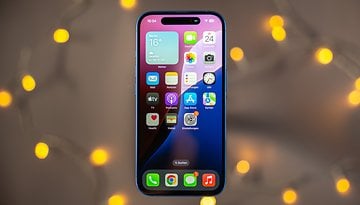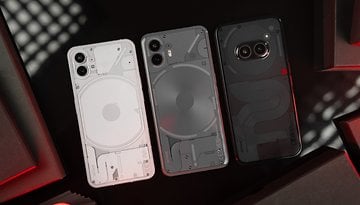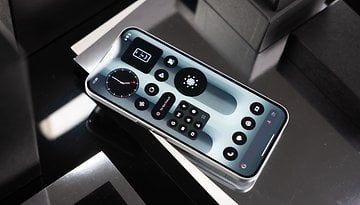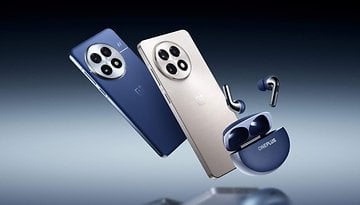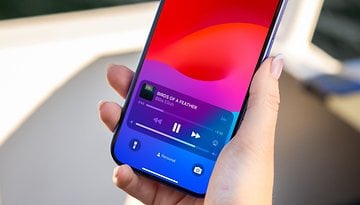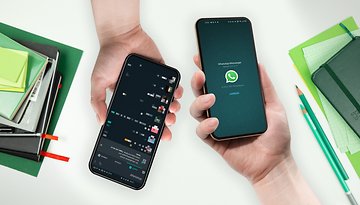Apple Highlights: iPhone 14 Series, Watch 8, Watch Ultra, AirPods 2 & more!
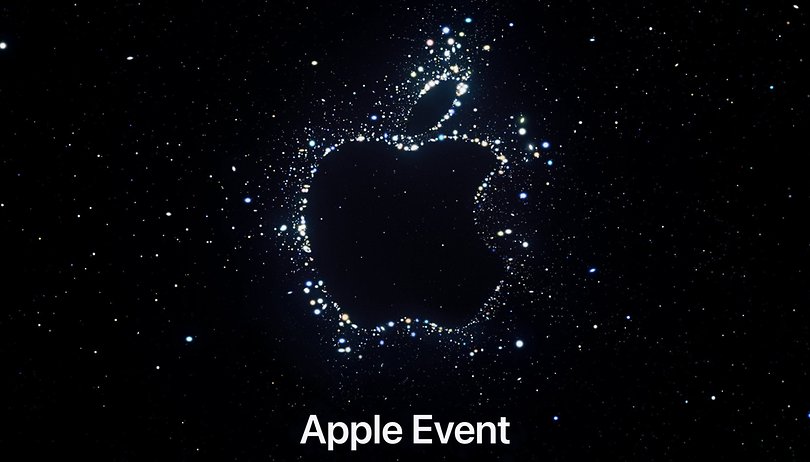

"Far out!" is what this year's invitation to the September event in Cupertino wants to say. NextPit summarized all the news about the new iPhone 14 series, the new Watch 8 and Watch Ultra, and the AirPods Pro 2 for you.
Today's highlights:
- Apple's new iPhone 14 series: Plus instead of mini!
- Apple Watch 8, Watch Ultra, and Watch SE 2
- AirPods Pro 2: Sound for your head!
Apple's new iPhone 14 (Pro) series: Plus instead of Mini!
Yes, the iPhone 13 mini and its predecessor always had their fans as mini flagships. But the bottom line is that the compact smartphone in 5.4-inch format was a slow mover in terms of sales. It is therefore no surprise that Apple will discontinue the smartphone in 2022.

Instead, the non-Pro model iPhone 14 (6.1-inches) gets a big brother: the iPhone 14 Plus. It comes in the same 6.7-inch format as the iPhone 14 Pro Max, which completes the lineup together with the iPhone 14 Pro (again at 6.1-inches). The display resolutions are identical to those of the iPhone 13 series—and ProMotion is also only available on the Pro models in 2022.
The most striking innovation in the iPhone 14 Pro series is the notch. While the iPhone 14 (Plus) has the traditional notch design, the Pro models have a pill-shaped island in the upper display area, which houses the true-depth and selfie cameras.
It is exciting how iOS 16 plays with the pill notch on the Pro iPhones and dynamically enlarges or reduces the notch to display notifications & other information. Speaking of "display": The iPhone Pros have an always-on display for the very first time.
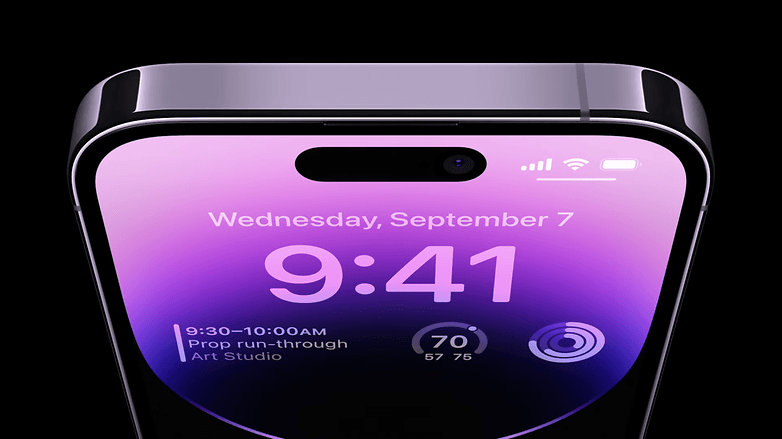
At the back, the four new iPhones are hardly distinguishable from their predecessors. The iPhone 14 and iPhone 14 Plus each come with two camera sensors for wide-angle and ultra-wide-angle shots. The 12 MP main sensor has grown and now offers 1.9-micron pixels as well as an f/1.5 aperture and mechanical image stabilizer. The front camera sensor is said to capture 39% more light and finally offers autofocus capability.
On the iPhone 14 Pro and Pro Max, the main cameras take a bigger leap forward, now with a 48-megapixel resolution instead of the 12-megapixel count which has been the case for years. In addition, the sensor is 65% larger than in the iPhone 13 according to Apple. As with many other high-resolution sensors, Apple also relies on a quad-bayer filter, where four neighboring pixels each have the same color mask. This allows neighboring pixels to be combined in low-light conditions to improve their size to 2.44 microns.
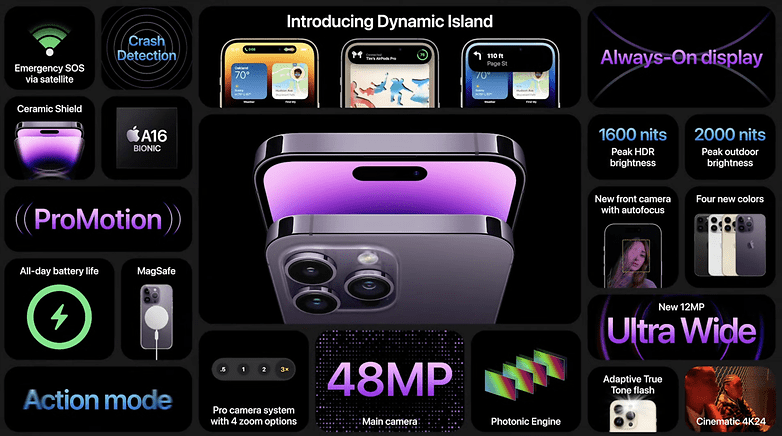
Under good lighting conditions, the pixels can be used individually to reproduce as many details as possible at 48 megapixels. In addition, the middle 12-megapixel segment of the main sensor serves as the new 2x focal length tool, and thus is hoped to close the relatively large gap between the main sensor and telephoto lens of the iPhone 13 generation. Incidentally, Apple ProRAW also supports the full 48-megapixel resolution.
The ultra-wide camera has also grown and now offers 1.4-micron pixels. Apple promises much better low-light performance—and better performance in macro mode. Finally, the two iPhone 14 Pro models will once again feature a 3x telephoto camera, though Apple hasn't mentioned much about it.
When it comes to software, things have also changed: Apple claims to have improved its Deep Fusion technology, which is now supposed to begin earlier in the imaging pipeline and thus improve the quality of night photos. Apple promised doubled performance for the selfie and ultra-wide cameras, as well as 2.5 times better performance for the main camera—however that quantifies for night photos. NextPit will, of course, test this out for you.

There is a new stabilization in the video mode. The so-called Action Mode shifts the area read out on the sensor in video mode and intends to stabilize even wildly shaky action videos. Dolby Vision HDR is also supported. The ProRes codec in video mode was still reserved for the Pro models.
Whether the chip crisis is really to blame or not: Under the hood, there is only a big leap forward in the iPhone 14 Pro and iPhone 14 Pro Max. While the two Pro iPhones feature the new Apple A16 Bionic SoC, the iPhone 14 and 14 Plus "only" come with the A15 Bionic SoC of the iPhone 13 generation.
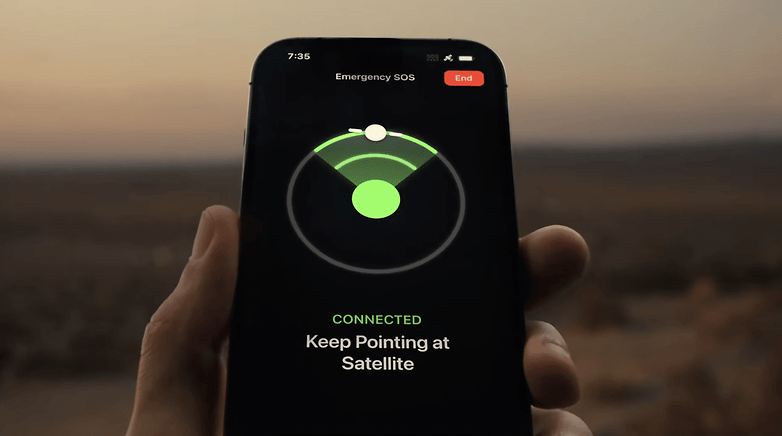
Last but not least, we also saw an explanation for the stars on the official invitation for the new iPhone Pros: The two high-end models offer an emergency call function via satellite. Apple promises that you can make an emergency call anywhere - all you need is a clear view of the sky and aim the iPhone at the satellite.
Since the bandwidth is extremely low, the emergency call system operates via text messages. You can also share your location via satellite using Find My. The satellite feature is initially free for two years for buyers of the iPhone 14 and will initially launch in the U.S. and Canada.
The iPhone 14 will be available in stores on September 16, with pre-orders starting on September 9. The iPhone 14 Plus won't launch until October 7. In the U.S., the iPhone 14 will cost at least $799, with the iPhone 14 Plus starting at $899. The two Pro models will also go on sale on September 16. You'll have to pay at least $999 for the iPhone 14 Pro, and the iPhone 14 Pro Max starts at $1,099.
All further details about the new Apple smartphones as well as differences between the iPhone 14 (Plus) and the iPhone 14 Pro (Max) can be found on our direct comparison of the new devices.
Apple Watch 8, Watch Ultra, and Watch SE 2
In addition to four iPhones, Apple also introduced three new Watch models at its September event: In addition to the Apple Watch 8, there's now also a huge Watch Ultra and an affordable SE 2.
- Read more: Apple Watch 8 and Watch Ultra compared!
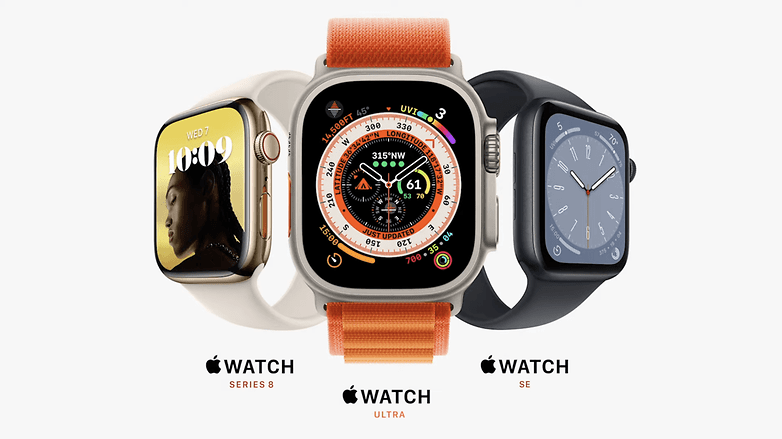
While the Apple Watch 8 will again be available in two sizes 41 and 45 millimeters, the Apple Watch 8 Ultra comes in a 49-millimeter format. The display is almost two inches huge. The Watch SE 2, on the other hand, reminds us of the pre-Series 7 models with its thick display edges.
New features of the Apple Watch 8
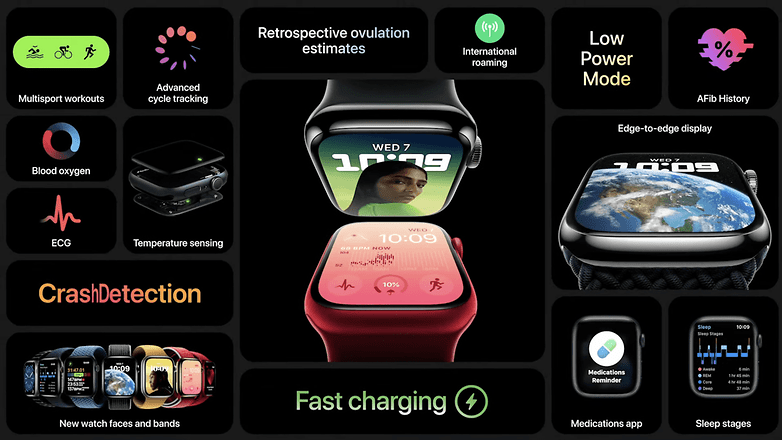
Under the hood, there are few innovations. Although there's a new chip with the S8, Apple did not go into detail about the advantages during its event. There is no blood glucose sensor or the like on the Apple Watch in 2022, but there is a new temperature sensor for cycle tracking on all 8 models. For example, it should be possible to determine the time of ovulation or the next period, in addition to various diseases.
Beyond that, the usual suspects are again on board in terms of sensors: pulse measurement, ECG, Afib detection, pedometer including ground contact time while running, sleep tracking, and SpO2. In addition to fall detection, there is now also "crash detection", which is supposed to detect car accidents.
For this, Apple installed a new gyroscope as well as a new accelerometer in the Watch Series 8, the latter of which can measure up to 256G. Thanks to the sensors, Apple can even distinguish between different types of accidents, such as rollovers and head-on collisions. According to the manufacturer, accident detection only activates when the user is in a car.
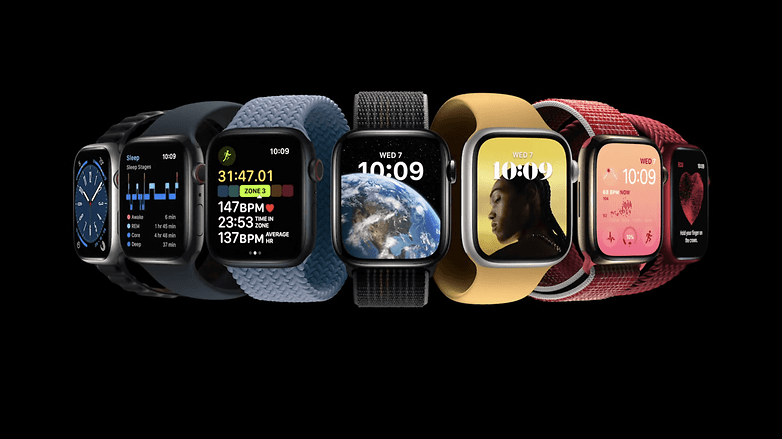
In the U.S., the Apple Watch 8 goes on sale this September 16 and will be available in four colors. Prices begin from $399 for the Wi-FI version and $499 for the 4G version. Buyers of the new smartwatch will also receive three months of Fitness+ for free.
New features of the Apple Watch Ultra
In terms of innards, the Watch 8 Ultra is largely identical to its smaller siblings. The only exception here - oh wonder of wonders! - is the battery capacity. The smartwatch is now supposed to last for a whole 36 hours; even 60 hours in energy-saving mode. However, the latter will only be available on the Watch Ultra via a software update in the fall. For better GPS tracking, Apple adds a dual-band GPS receiver for the L1 and L5 bands. In addition, the watch comes exclusively as a 4G model.

In addition to ground contact time, the Watch 8 Ultra also measures vertical movement while running and gives you feedback on your running efficiency. Speaking of running: If you ever lose your way here, the smartwatch will guide you back to the start with the Backtrack function. There is also a new compass app with waypoints.
The materials used are also exciting: Apple uses an expensive, robust titanium case and flat sapphire glass. The glass is lightly edged to provide additional protection. On the left of the case, you will find a new "action button" that you can assign any function to—for example, the start of certain workouts. Apple has also redesigned the digital crown. It is larger and snaps in more roughly, so it should also be possible to operate it with gloves.
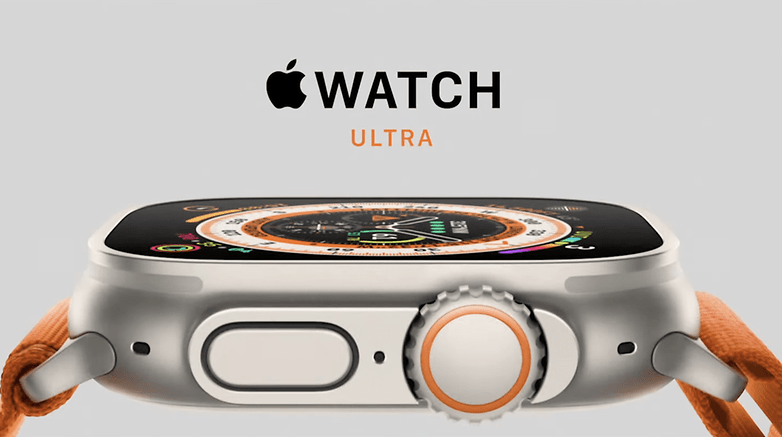
The case is waterproof according to WR100 and should also be suitable for kitesurfing and wakeboarding, according to Apple. In addition, the Watch 8 Ultra meets the EN13319 specification for dive computers. So you can take it on dives down to 40 meters.
Finally, there are a total of three microphones, thanks to which the watch should be good for making calls in windy environments. The speaker has also become stronger and also serves as an 80 dB alarm siren. In an emergency, the alarm should be able to be heard from 180 meters away. The Apple Watch 8 Ultra has a new custom Wayfinder watchface that features a special low-glare night mode in black and red.
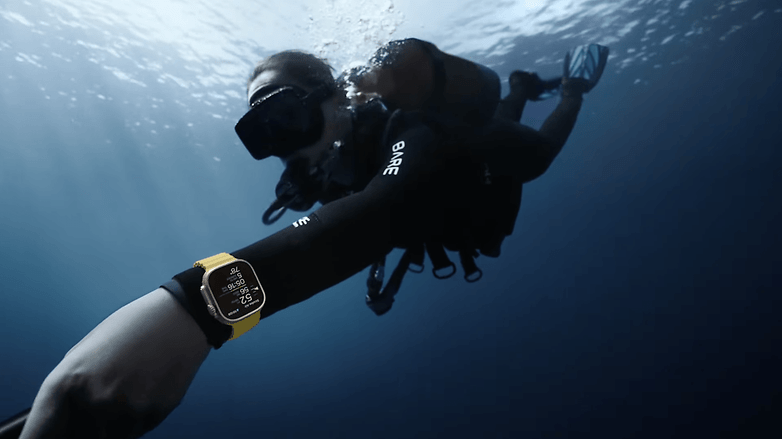
The Apple Watch 8 Ultra will hit the market starting this September 23. The Apple Watch Ultra will cost $799, and once again, buyers will receive three months of Apple Fitness+ for free. There are also a few special wristbands for different user groups, such as particularly lightweight wristbands for long-distance runners—or ones that can be worn over a wetsuit.
Read all about the new features of and differences between Apple Watch 8 and Apple Watch 8 Ultra here.
New entry-level model: Apple Watch SE 2
Finally, the entry-level model of Apple's Watch lineup has also received an update: the Apple Watch SE 2. It brings quite a few features from the larger Watch models, including the heart rate and motion sensors, which enable features like high and low heart rate alerts or fall detection. It also has the same S8 SoC installed as the Watch Series 8.
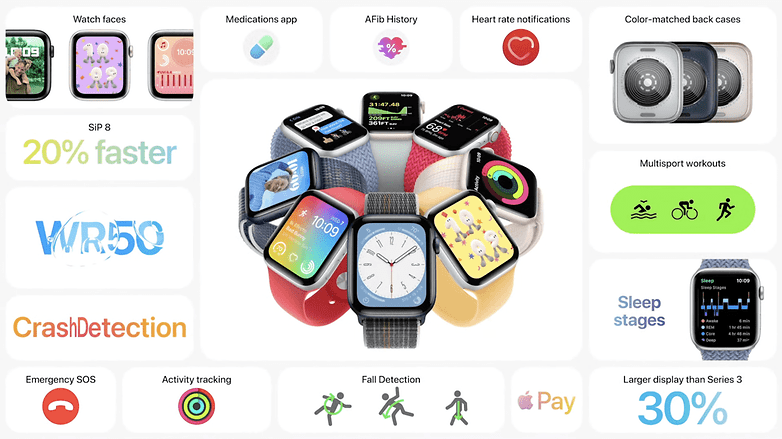
Like the Watch Series 8, the Apple Watch SE 2 will launch on September 16. For the GPS version, it will cost $249 a pop, while the 4G model costs $299.
New watchOS 9 features
Along with the Watch Series 8, Apple has unveiled a number of new features for watchOS 9. For example, there's the power-saving mode, which should be available starting with the Watch Series 4. In addition, watchOS 9 now supports international roaming starting with the Watch Series 5.
Read all about watchOS 9 at NextPit.com.
AirPods Pro 2: Sound for your head!
In addition to the four iPhones and the three Watches, Apple also introduced new AirPods on this eventful evening: the AirPods Pro 2. On board are of course the usual features again, such as the active noise reduction, which according to Apple should work twice as well as in the predecessors.
There is also a new transparency mode - and the scope of delivery includes an additional pair of earpieces, which is supposed to improve passive noise reduction.
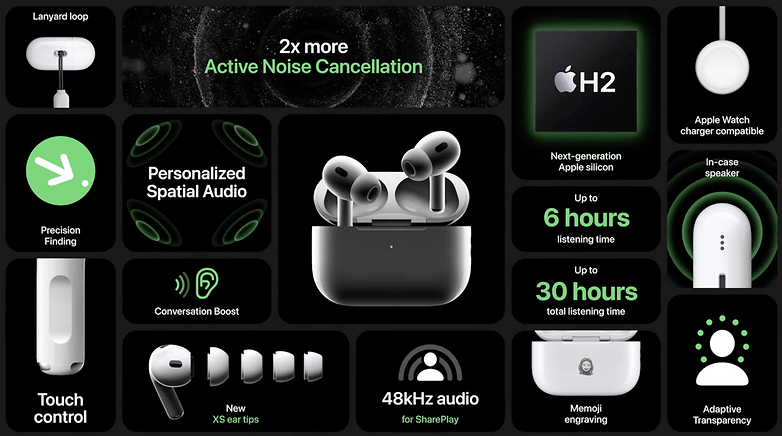
The in-ears don't just bring Spatial Audio, but "Personalized Spacial Audio." You create a detailed scan of your head and ears via your iPhone's depth camera. Based on this scan, the iPhone then calculates your personal so-called Head Related Transfer Function.
This HRTF is used to calculate the reflection and refraction effects that sound waves would experience on your head—and which your brain uses to calculate the distance and direction of the sound sources. How well this computational audio enabled by the H2 chip works in practice, NextPit will test it out for you soon!
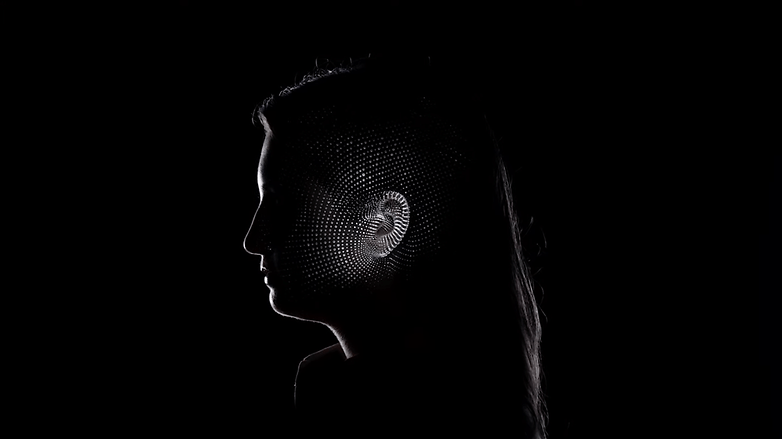
There is also another innovation in the operation. You can not only squeeze the style for play and pause functions, but also swipe up and down on it thanks to the new capacitive surface to adjust the volume. Apple claims to have improved the runtime by 33 percent: The manufacturer now promises up to six hours of runtime for the in-ears, and it is supposed to be 30 hours with a charging case.
Speaking of the case: It now has a small speaker so that you can find it via Find My easier. In addition to helping you locate the case, it also beeps when the pairing is successful. I like the fact that the AirPods case can now be charged wirelessly via the Apple Watch Charger or MagSafe accessories. Here is another plus point: there's a holder for a strap on the case.
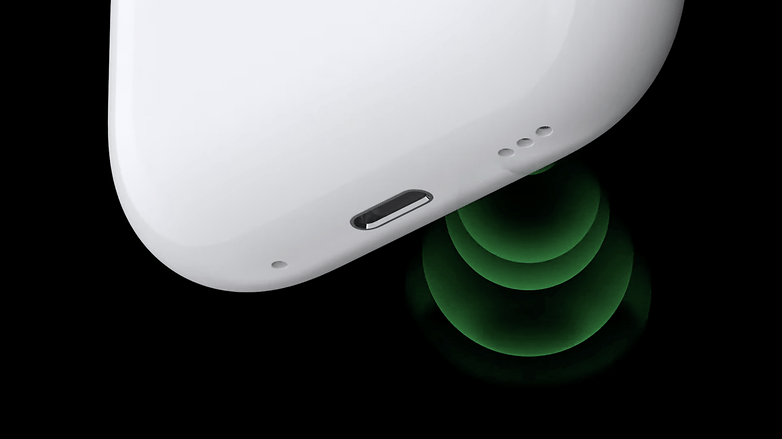
The new AirPods Pro will be available in stores on September 23, with pre-orders starting on September 9. In the US, the in-ears cost $249.
You can read all further details about the new Apple AirPods Pro 2 in our dedicated article.






